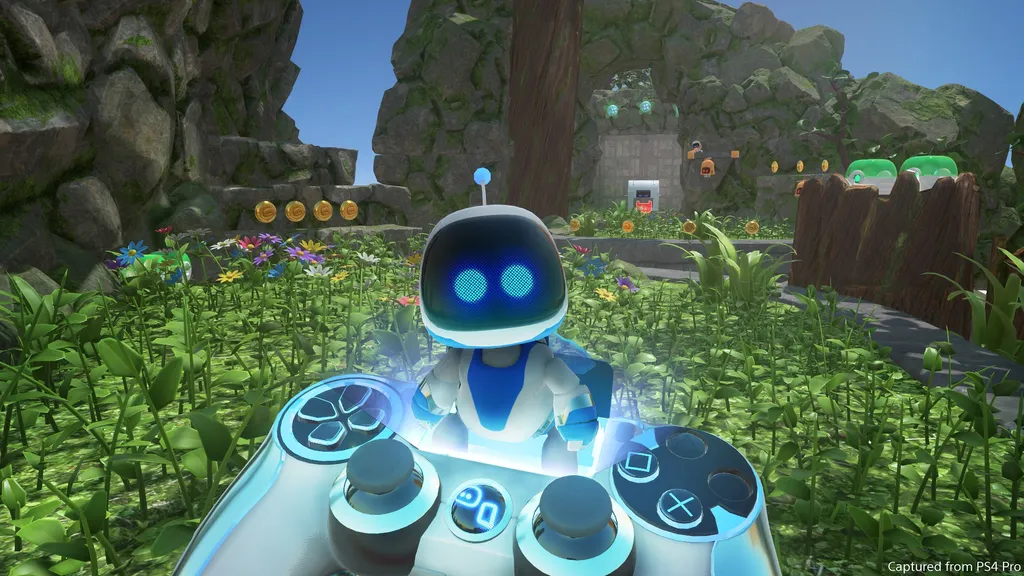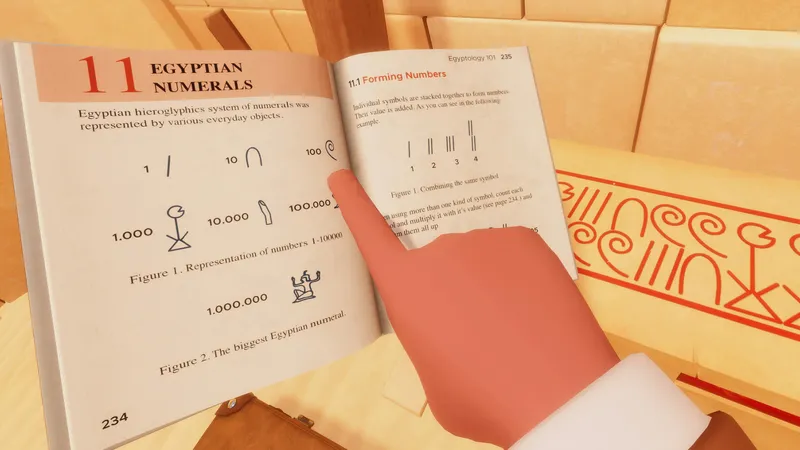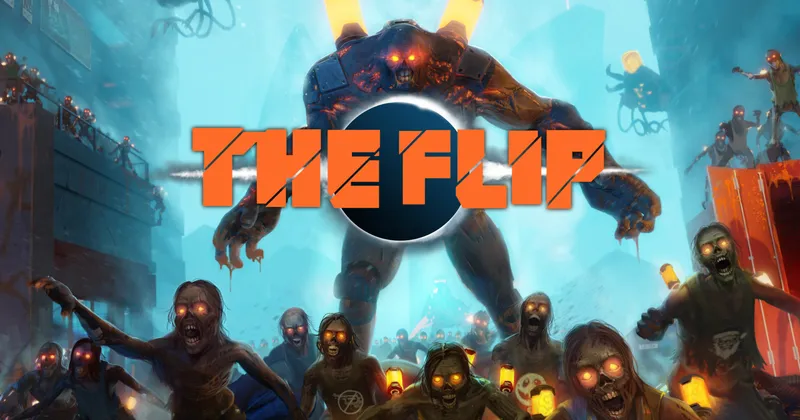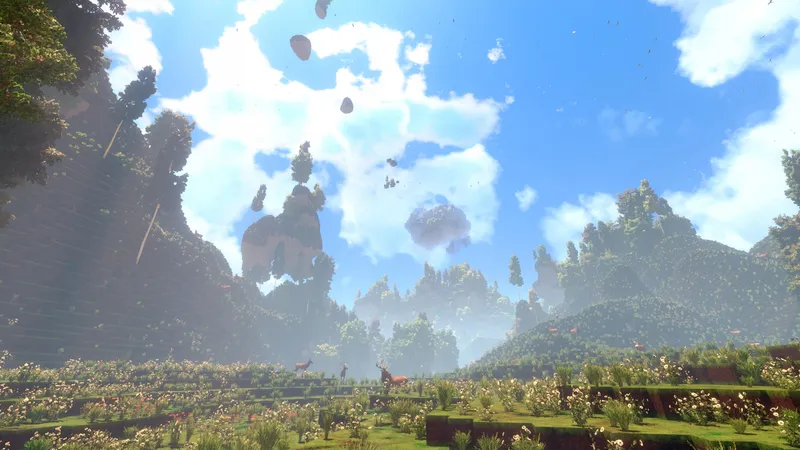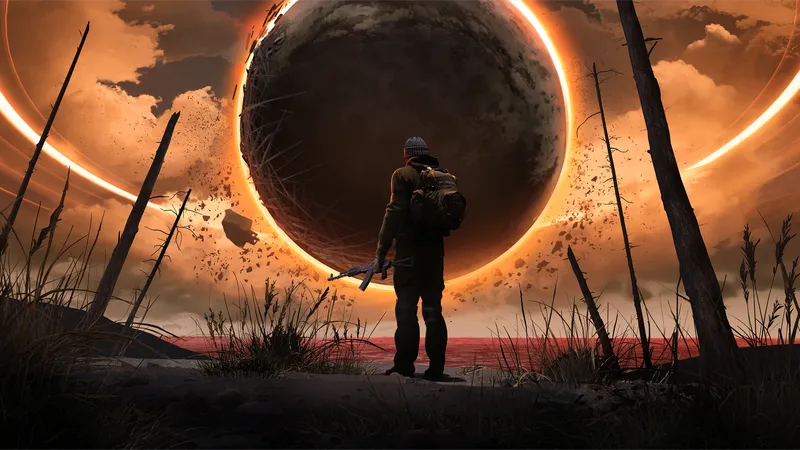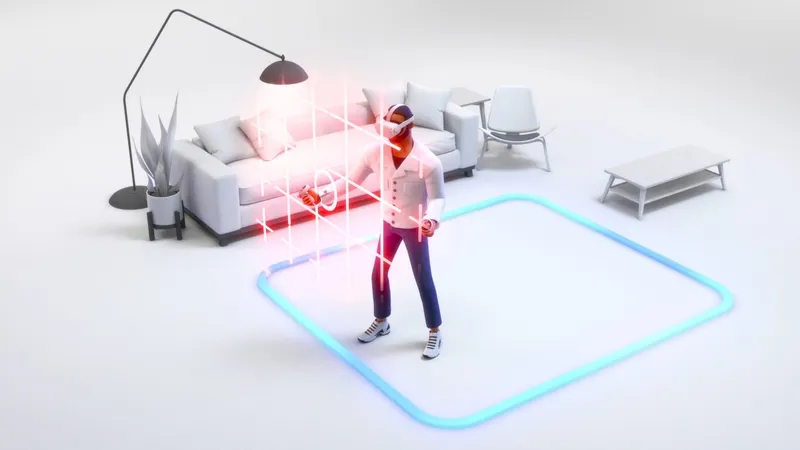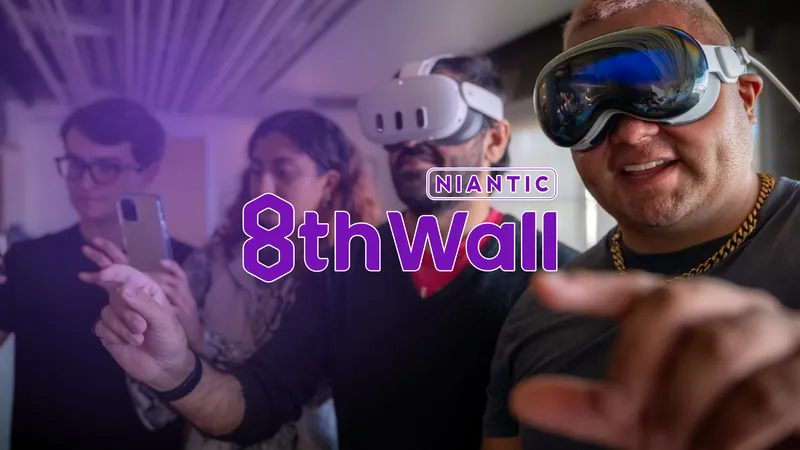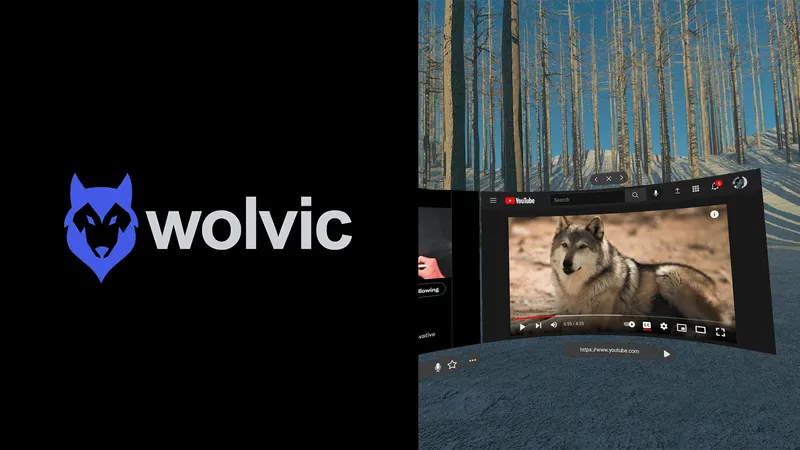For a lot of VR early adopters that got the Oculus Rift when it was originally released in the first half of 2016 with just an Xbox One controller (a lot of people forget Touch wasn’t a thing until December 2016) the first game they played on the device was Lucky’s Tale. This charming platformer took a familiar concept (3D platforming, like Super Mario 64) and adapted it to the VR medium with some really awesome results.
Since then, we haven’t really seen that genre explored in VR too much. Games like Edge of Nowhere push it to new heights by leveraging mechanics from other third-person adventure games, like Uncharted, and Moss uses a fixed camera angle and strong narrative-focus to hook players. But the pure, twitch-control, pixel-perfect jumping, platforming-focused gameplay that made Mario and his successors so popular is mostly absent from VR headsets, so that’s exactly what Astro Bot: Rescue Mission aims to deliver.
Astro Bot is in development by Sony Japan Studio, the same team that created The Playroom VR. You might remember a similar (and excellent) tech demo experience from that game called Robot Rescue — this is the full version of that concept.
At a recent pre-E3 demo event last month we got to try out the first hands-on demo of Astro Bot and came away impressed with how fun it was and excited to see more. Hopefully we won’t have to wait long with E3 right around the corner next week.
After I played a brief 15-20 minute section of the game (that consisted of two early levels and a simple boss fight) I chatted with Nicolas Doucet from Sony Japan Studio, he’s the creative director on the project.
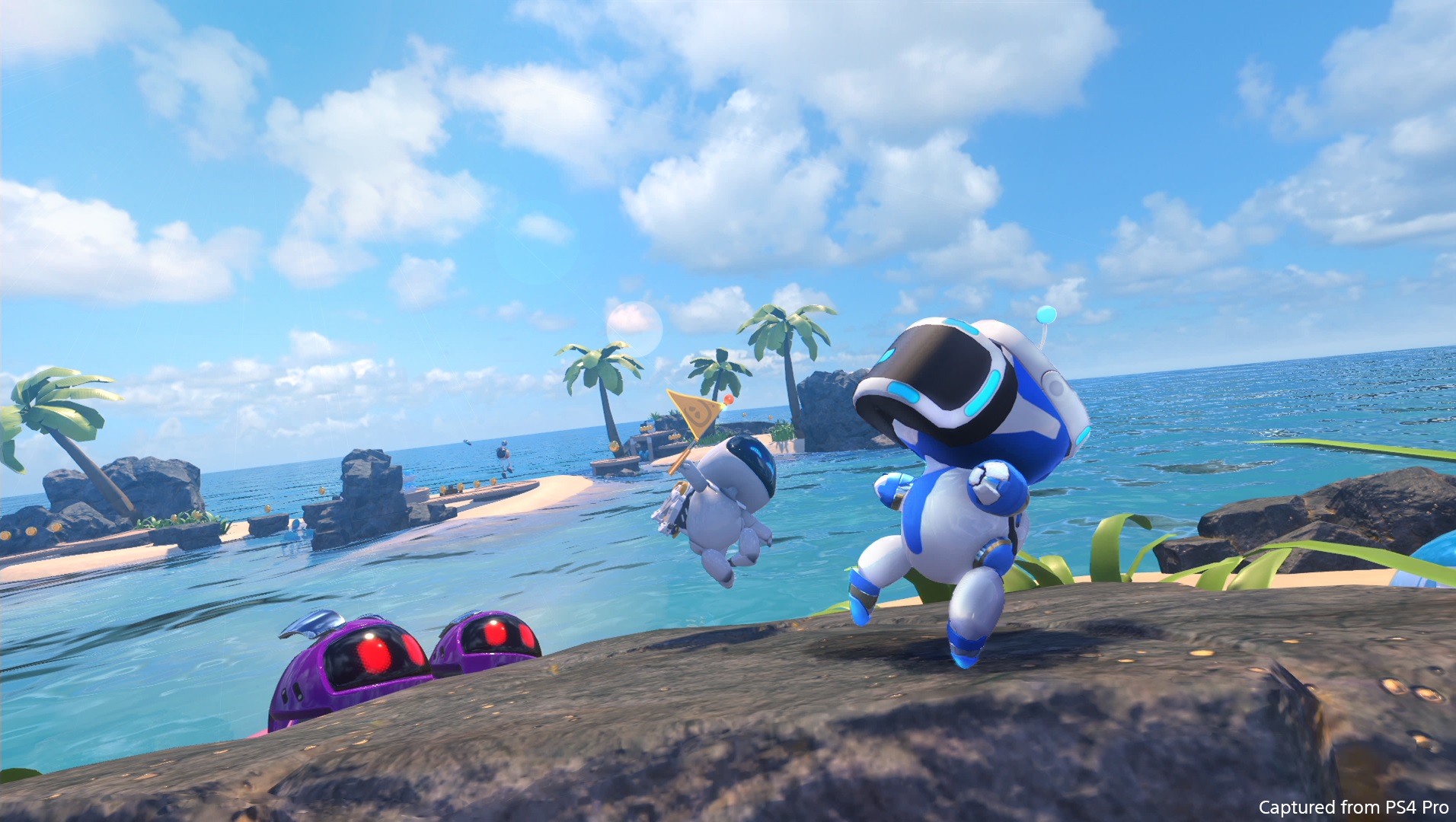
“The previous Robot Rescue demo came out of a prototyping session we did when we were prototyping a lot of things for Playroom VR,” said Doucet. “That one was always on the side called ‘Platformer’ with a little gray box running around. Playroom VR was all about asymmetry, making things that the family could enjoy together. But it was really frustrating because we had it on the side and we knew that if we didn’t put it in then it might die. So, we put it in last. Creating a full experience is something we always wanted to do anyway, then when the fans loved it and critics started talking about it, like the article you [UploadVR] wrote, we realized we should definitely make it a full game.”
A big part of the magic that Sony Japan Studio tapped into is that not only is just a damn good platforming game in its own right, but they’ve absolutely sold the illusion that you physically exist inside the game world. In Moss, for example, Quill will wave at you and acknowledge your presence, but in Astro Bot you actually interact with the world.
During some segments I had to headbutt obstacles, or shoot a grappling hook and yank down structures, or even use the touch pad as a slingshot at the end of levels to send my little robot buddy flying. From the start of each level to its conclusion you’re constantly reminded that you physically exist in the game other than just as a shapeless controller for the main character. That totally changes how you perceive the world in a 3D platformer.
“Moss has a very strong narrative with the player transported into a fairytale,” explained Doucet. “Whereas Astro Bot is more about twitch reflex action. So I see them as two different genres in a way. We always have several key values established for any project and one of them is being playful. Having a bit of a toy feel to the game. We believe in true entertainment like that.”
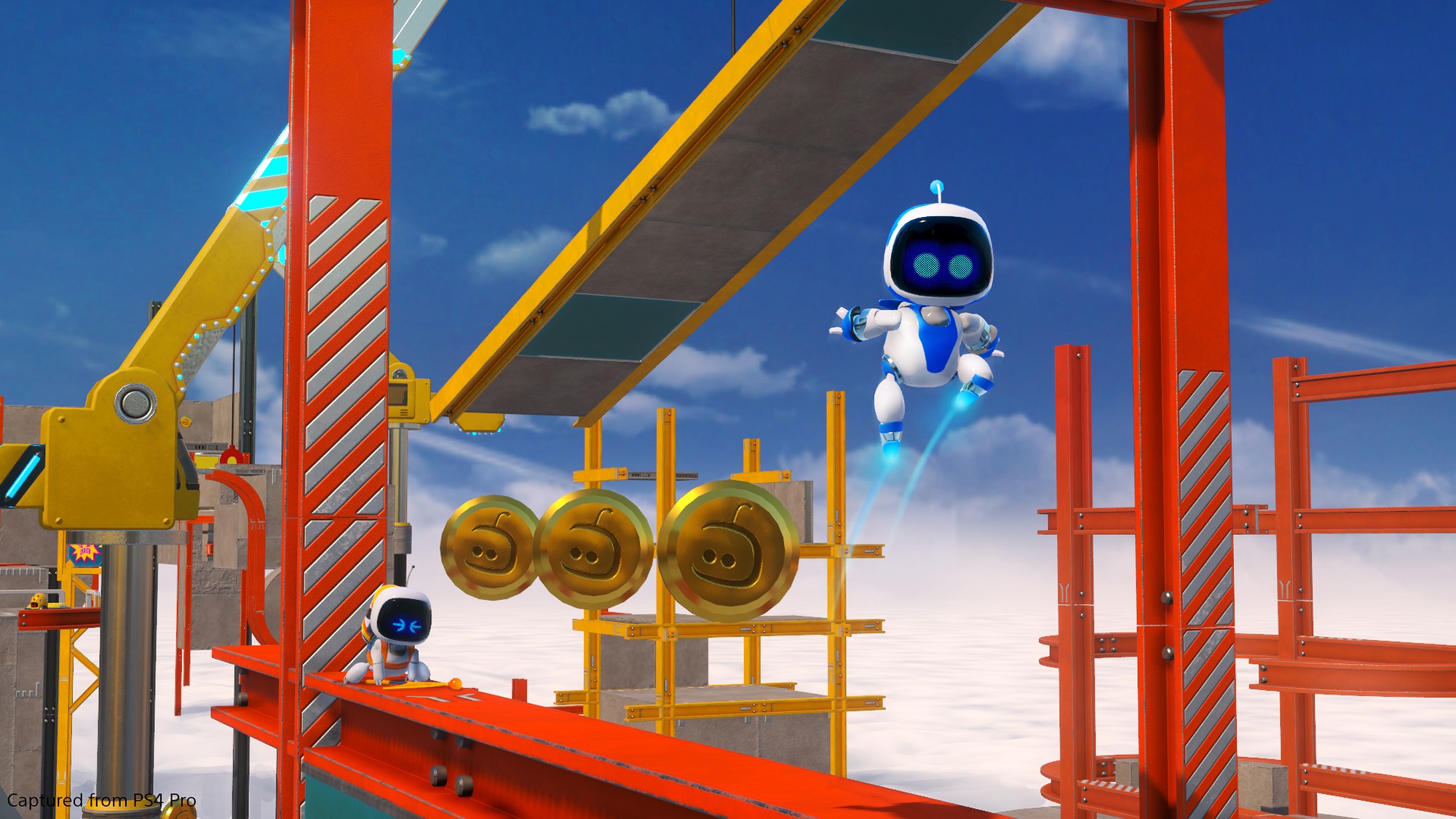
The elevator pitch for a game like Astro Bot is simple in concept, but it’s a bit hard to sell on words alone. Theoretically, you wouldn’t think playing a 3D character action platformer in VR would work, but it totally does. Not only does the sense of scale enhance the world design around you, but the relationship you develop with the characters feels incredibly special. For example, I never feel like I’ve connected with Mario at the end of a Mario game despite controlling him across a dozen or more hours of jumping and adventuring. But in 20 minutes I already felt connected to this cute little robot guy.
“What I’ve realized is that it combines the nostalgia of classic games with the novelty of technology, which is really exciting,” said Doucet. “Astro Bot and games like it bridge the two together. We could have just had TV games and VR games separately, but now games like this, and Rez too for example, are bringing them together. These games will be crucial in making VR popular because it can show the appeal to people that may not try VR otherwise.”
And this may end up relegated to the “you’ve really got to try it to get it” pile, but I can’t overstate how magical it feels when you’re inside Astro Bot’s world.
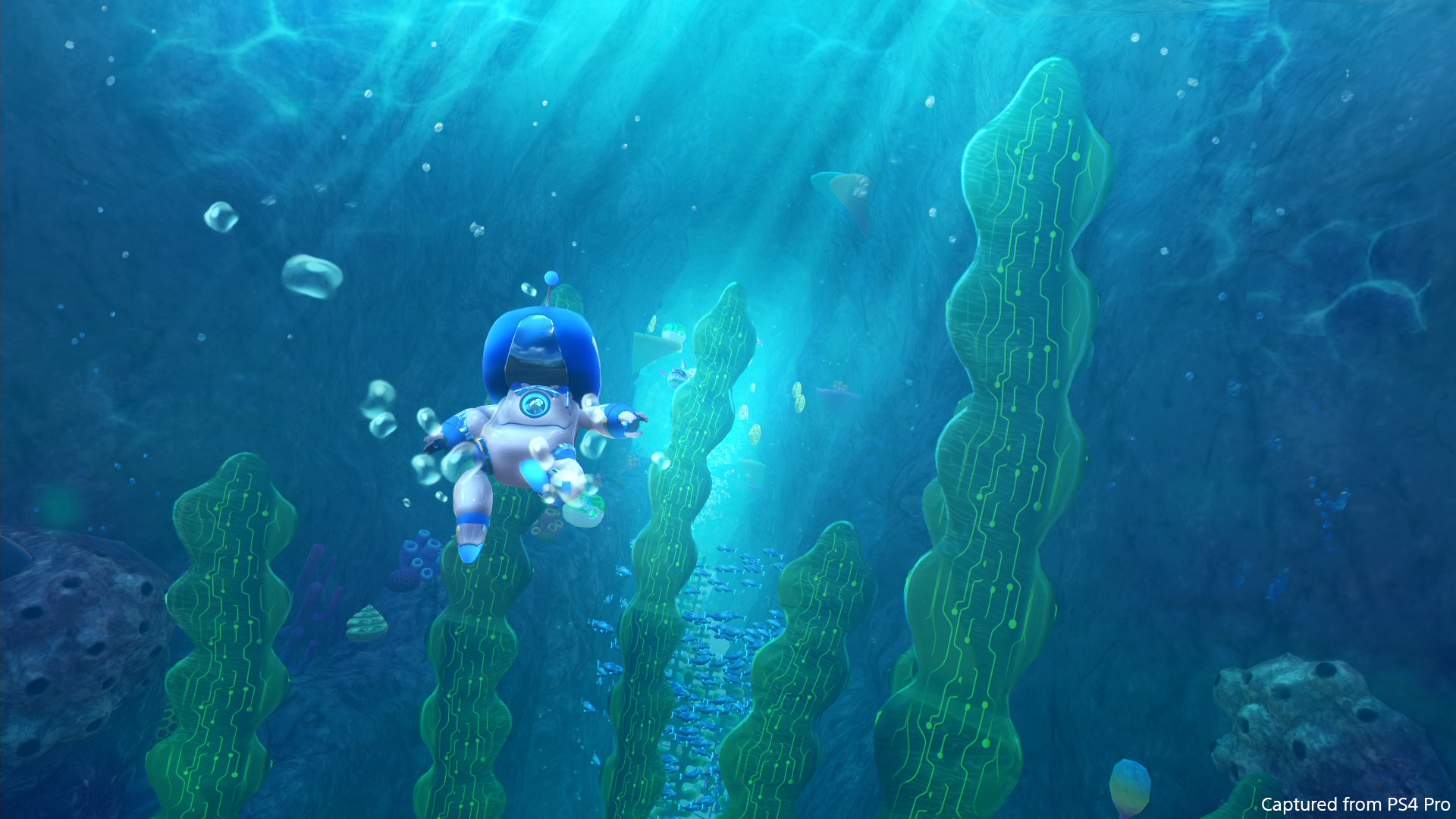
Sony Japan Studio aren’t aiming to skimp out on content either. Reportedly, Astro Bot could take upwards of 8+ hours to truly complete and collect everything, certainly more if you’re a serious completionist. There is even going to be an “interactive diorama” room in the game to display in-VR manifestations of your accomplishments.
Are you as excited about Astro Bot as we are? Let us know your thoughts on the game thus far down in the comments below!

